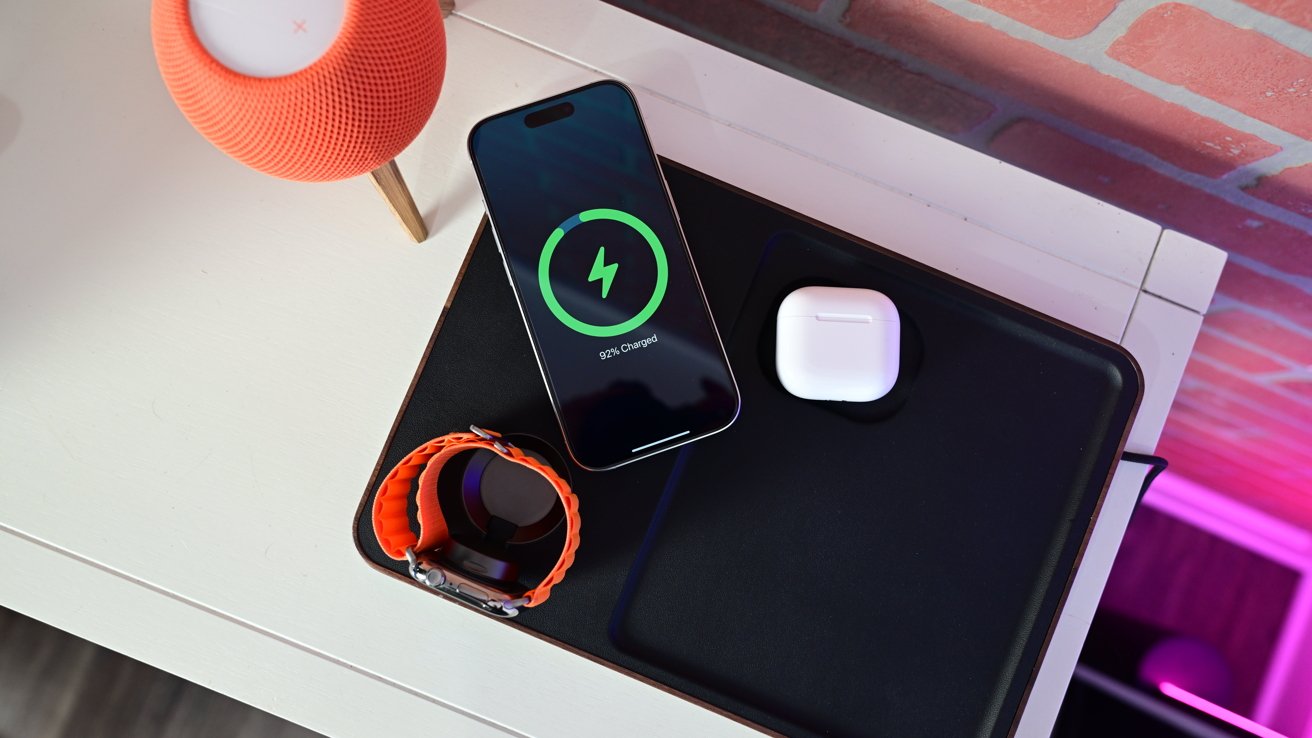Small or lesser-known companies can have significant growth potential. Buying shares in these UK-listed companies early on can yield high returns if they grow successfully. But which to consider? Read on…
What it does: Central Asia Metals is a base metals producer with copper operations in Kazakhstan and a zinc and lead mine in North Macedonia.
By Paul Summers. Holders of shares in Central Asia Metals (LSE: CAML) endured a volatile 2024. Starting the year at just over 150p a pop, the stock soared as high as 235p by May as the company benefited from strong prices and solid operational performance. However, this gain had all been lost by the end of December. As far as I can tell, this is due to general geopolitical concerns and lacklustre demand for lead.
The shares now yield a monster 10% for FY25. Assuming analysts aren’t wrong, that would represent a good return on its own. On an optimistic note, profit is expected to cover this cash distribution and the balance sheet looks robust.
Although rising costs could prove problematic, a price-to-earnings (P/E) ratio of seven suggests quite a bit of negativity is already priced in. When sentiment for base metals improves, the stock could do very well.
Paul Summers has no position in Central Asia Metals.
Filtronic
What it does: Filtronic makes power amplifiers and transceivers that are used in the telecommunications, aerospace, and defence sectors.
By Ben McPoland. With a market cap of £232m as I write, Filtronic (LSE: FTC) is still a relatively under-the-radar UK stock. That said, it’s been a popular one recently, surging 172% over the past year.
This can be almost entirely put down to one word: SpaceX. That’s because Elon Musk’s reusable rocket company has been ordering components from Filtronic for ground stations that form part of its fast-growing Starlink satellite network.
In future, SpaceX intends to add tens of thousands more satellites to its mega-constellation. This could support years of rising sales at Filtronic, given its small size (less than £50m in revenue).
What could go wrong? Well, losing the SpaceX contract it signed last year would be extremely negative, as this key customer is now contributing around 50% of sales.
Also, the stock isn’t cheap, trading at a forward price-to-earnings multiple of 38.
Finally, the company doesn’t have a history of sustained revenue and earnings growth. That might be about to change, but there could be lumpiness as SpaceX orders ebb and flow in future.
Ben McPoland does not own shares in Filtronic.
OXB
What it does: OXB is a contractor that develops and manufactures gene cell therapies for biotech and pharmaceutical firms.
By Mark Hartley. OXB (LSE: OXB), previously Oxford Biomedica, is a UK-based contract development and manufacturing organisation (CDMO) specialising in cell and gene therapies. It was founded in 1995 as a spin-out from the University of Oxford and has evolved into a global leader in viral vector production, including lentivirus, adeno-associated virus (AAV) and adenovirus.
As a contractor, OXB relies on securing partnerships with biotech and pharmaceutical firms. If it loses out on contracts to competitors, its performance could be impacted. Although its net margin has improved recently, the company is not yet profitable. If full-year results for 2024 miss expectations, it could hurt the share price.
But a recent trading update outlined expectations of 78% organic revenue growth for FY2024, based on increasing demand for their CDMO services. Plus, its order book nearly doubled since August 2024, indicating strong commercial demand.
I expect it will become a global leader in its field.
Mark David Hartley owns shares in Oxford Biomedica.
TBC Bank
What it does: TBC Bank is listed on the FTSE 250 and provides financial services in Georgia and Uzbekistan.
By Royston Wild. TBC Bank (LSE:TBCG) doesn’t attract anywhere near the same degree of attention as FTSE 100 firms like Lloyds, Barclays and NatWest.
Yet this is a bank which — thanks to its focus on fast-growing Georgian and Uzbekistani markets — could provide far better shareholder gains.
Past performance isn’t a reliable guide to future returns. But TBC Bank’s 208% share price explosion over the last five years underlines its incredible investment potential.
By comparison, Lloyds’ share price has risen just 21% over the same period.
Given the varying economic outlook for the UK and Georgia, I expect this outperformance to keep rolling on. While the IMF thinks Britain’s economy will grow 1.1% in 2025, Georgian GDP is tipped to expand a whopping 6%, continuing the trend of recent decades.
If accurate, earnings at TBC could soar as financial services demand rises. Pre-tax profit here leapt 15.8% over the course of 2024.
A deterioration in Georgia’s fragile political landscape could impact future growth. However, I believe this potential hazard is baked into the bank’s low price-to-earnings (P/E) ratio of 5.2 times.
Royston Wild does not own shares in any of the shares mentioned above.
Yu Group
What it does: Yu supplies gas and electricity to UK business customers and installs and operates smart meters.
By Roland Head. Yu Group (LSE: YU.) has delivered strong growth through a volatile period for energy markets.
Revenue has risen fivefold to £578m since 2019. Profitability has also improved, with operating profit rising from £3.5m in 2021 to £47m over the 12 months to 30 June 2024.
Yu is still run by its founder and 51% shareholder Bobby Kalar. I believe Kalar’s twin role as CEO and major shareholder means he’s likely to maintain tight financial discipline.
This is a key risk for energy suppliers. Yu is exposed to big swings in commodity prices, customer bad debt and the financial hazards of fixed price contracts.
Growing usage of smart meters, a new energy trading deal with Shell and falling bad debt levels suggest to me that Mr Kalar is managing this £252m business well.
If he can continue to do so, the reward for shareholders could be higher profits and generous dividends.
Roland Head owns shares in Yu Group.























